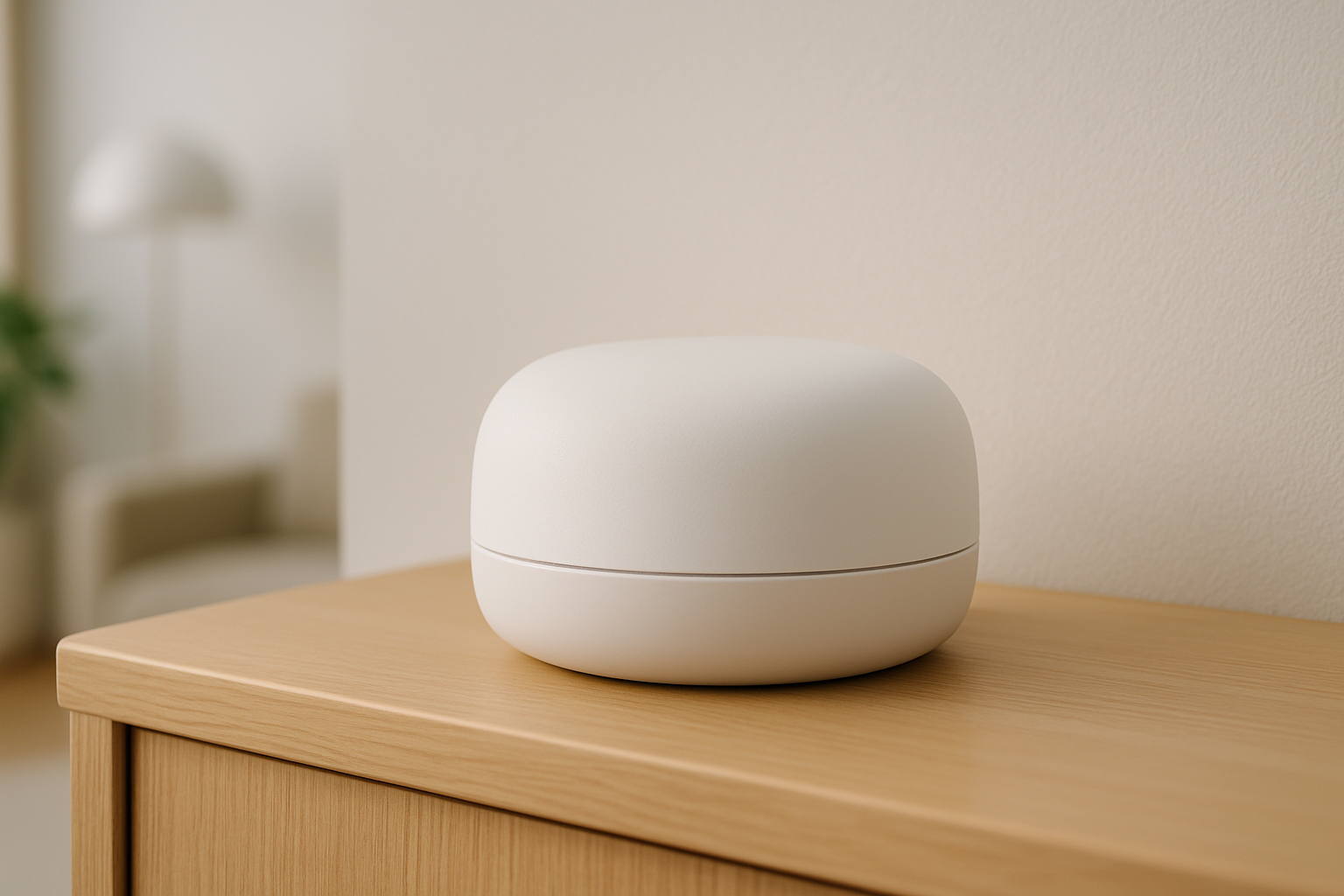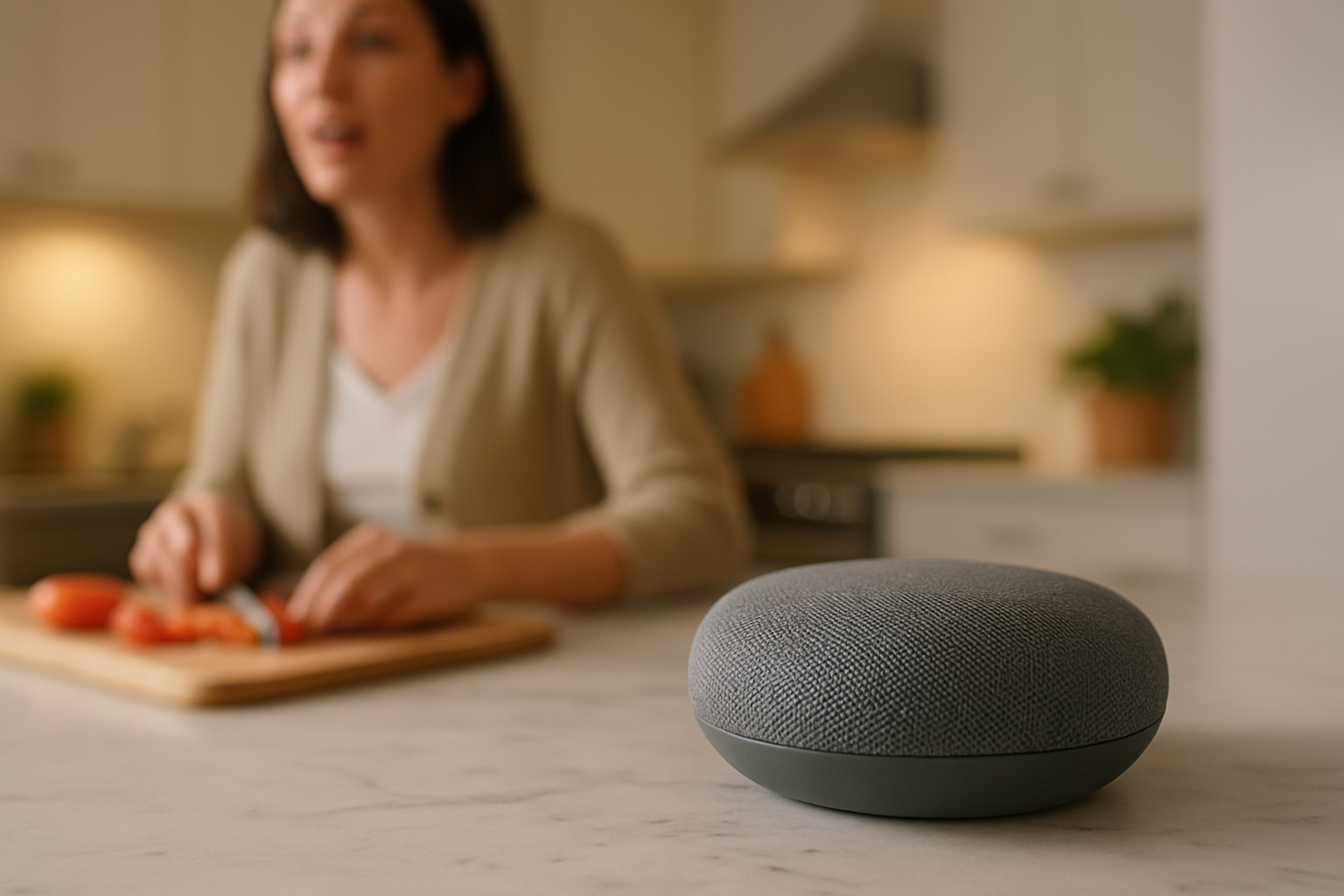Start Your Smart Home Journey
Building a smart home can seem complex, but it boils down to a few key concepts. Here's the high-level overview to get you started.
Navigating the Smart Home Maze
Getting started with a smart home can feel overwhelming. With hundreds of brands and competing technologies, how do you know what works together? Philips Hue lights, a Nest thermostat, an August lock... will they cooperate? This guide will demystify the process by focusing on three core pillars. Understanding them is the key to building a reliable, powerful, and fun smart home system.
The Three Pillars of a Smart Home

1. The Hub: The Brains

Think of the hub as the conductor of an orchestra. It's a dedicated device that speaks all the different smart home "languages" (protocols) and ensures all your gadgets—lights, locks, sensors—work together in harmony. While some devices connect directly to Wi-Fi, a hub creates a more robust and responsive local network, reducing your reliance on the internet for basic commands. It's the foundation for a truly powerful and reliable system.

2. The Protocols: The Languages

Protocols are the invisible wireless languages your devices use. The most common are Zigbee and Z-Wave, which create powerful 'mesh' networks where devices relay signals to each other. Some use standard Wi-Fi, but the new player is Matter, an industry standard aiming to unify them all. Understanding protocols is key to ensuring your devices can talk to your hub.

3. The Ecosystem: The Controls

The ecosystem is how you, the user, interact with your smart home. This is the app on your phone and the voice assistant you talk to. The three main players are Amazon Alexa, Google Home, and Apple HomeKit. Your choice of ecosystem will determine the look and feel of your controls and which devices are most easily compatible. This is one of the most important decisions you'll make.
Choosing Your Ecosystem
Your ecosystem is the software that ties everything together. It's the app you'll use daily and the voice assistant you'll speak to. Each has its strengths. Here's a quick look at the main contenders.
| Ecosystem | Best For | Pros | Cons |
|---|---|---|---|
Amazon Alexa | Widest device compatibility. | Massive selection of compatible devices at all price points. Echo devices are affordable and often on sale. "Skills" allow for extensive third-party integrations. | Automation routines can be less powerful than competitors. Voice assistant is less conversational than Google's. |
Google Home | A powerful, natural voice assistant. | Most natural and intelligent voice commands. Seamless integration with Google services (Calendar, Maps). Excellent Nest hardware (cameras, thermostats). | Slightly smaller device ecosystem than Alexa. The Google Home app can feel less organized. |
Apple HomeKit | Privacy, security, and Apple users. | Unmatched privacy and security standards. All processing is local. Deeply integrated into iOS, macOS, and watchOS. Clean, reliable, and fast "Home" app interface. | Requires an Apple TV or HomePod as a hub. Fewer compatible devices due to strict certification. |
Ready to Dive Deeper?
You've got the basics. Our comprehensive guides break down each of these topics into easy-to-follow, step-by-step instructions. Choose a guide to continue your journey.